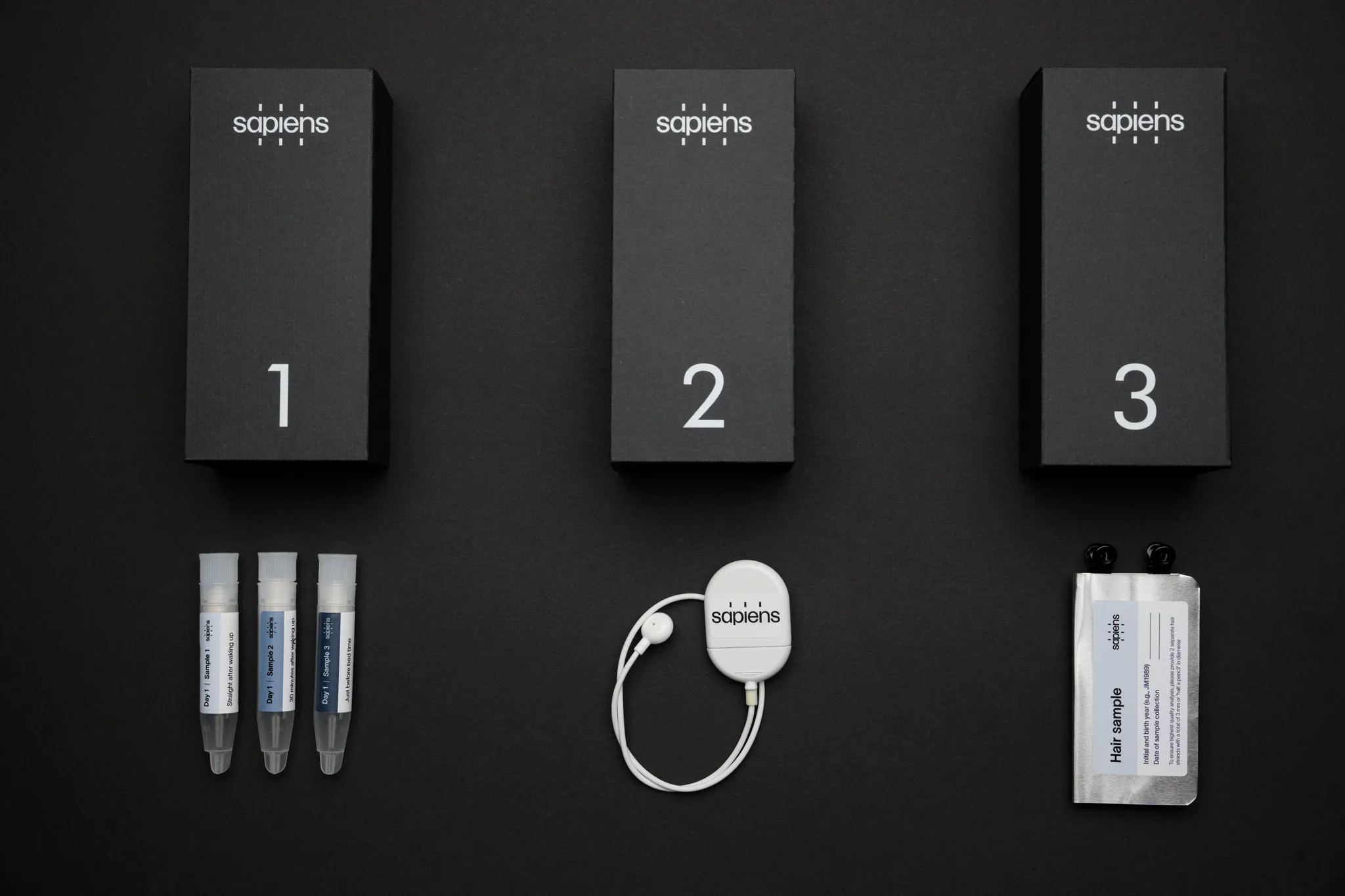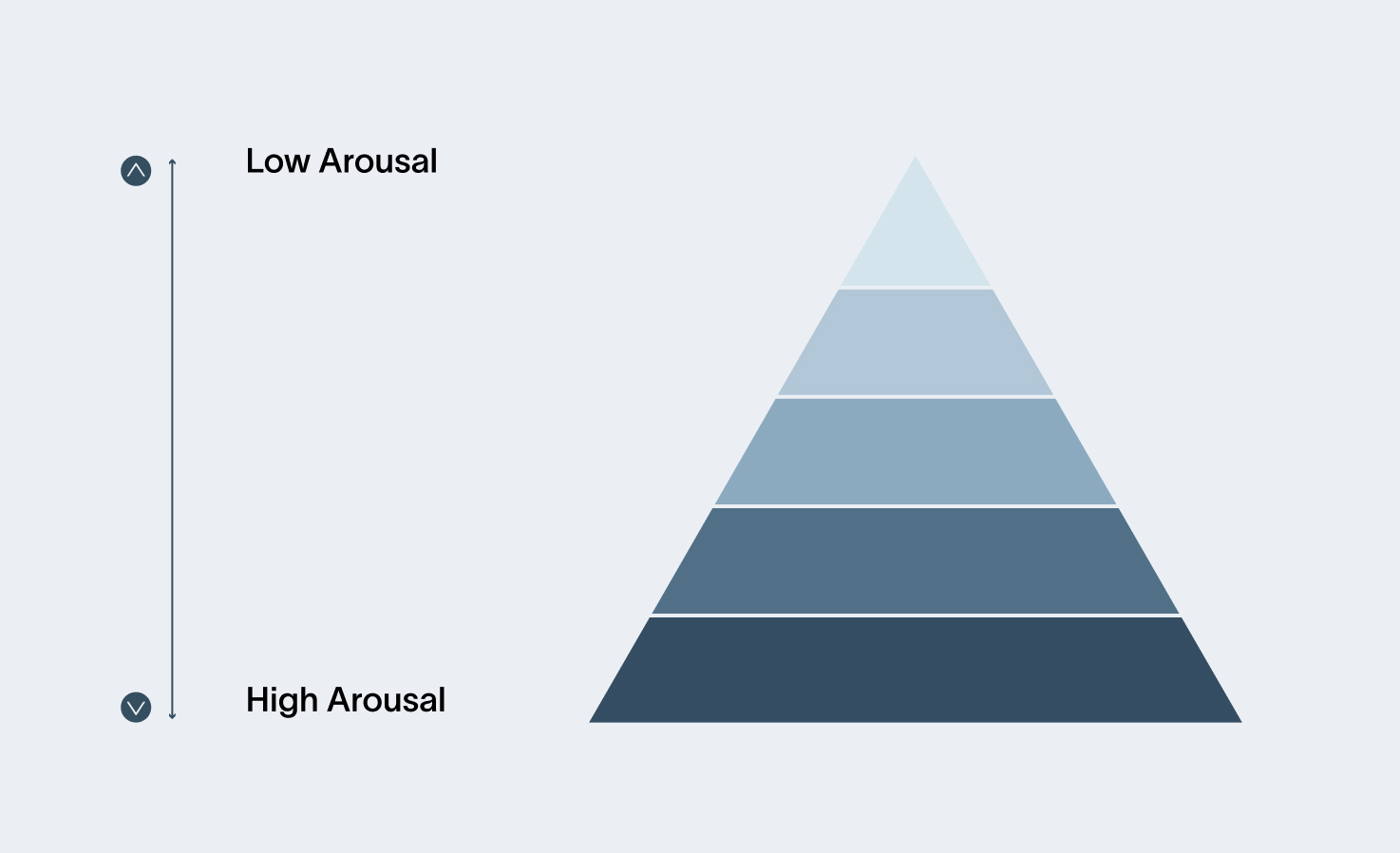Circadian Rhythm Mastery: Synchronize your Calendar
The circadian rhythm is our body’s natural 24-hour cycle that regulates sleep, alertness, hunger, and energy. Acting as an internal biological clock, it profoundly impacts performance, metabolism, and overall health.
When aligned, we feel awake during the day and sleepy at night. When disrupted, we experience fatigue, grogginess, and sleep disturbances.
Researchers like Dr. Satchin Panda have extensively studied circadian rhythms, emphasizing how light exposure, meal timing, and sleep patterns influence metabolic health and cognitive function.
A key regulator of this rhythm is cortisol, a hormone essential for energy mobilization. Studies show that cortisol patterns shape daily energy levels, focus, and brain function (Oster et al., 2016; O’Byrne et al., 2021; Korshunov et al., 2017).
In the following steps, you will be guided through an exercise to align your calendar and daily activities with your circadian rhythm.
Step 1: Recognize your Circadian Rhythm
To understand the impact of your circadian rhythm on daily performance, take a moment to reflect on your energy fluctuations throughout the day.
Exercise: Take a piece of paper and draw your daily rhythm:
- When, do you experience peak energy and focus?
- When is your energy low?

Most individuals experience a peak in energy and focus in the morning, followed by a noticeable dip after lunch. Some may experience a second and even a third peak later in the afternoon or in the early evening. This pattern closely aligns with the natural rhythm of cortisol secretion, which spikes within 30–45 minutes after waking, remains elevated until midday, and then gradually declines. The post-lunch dip is often compounded by physiological processes, such as increased blood flow to the digestive system (Monk, 2005).
Most peoples’ daily energy curve aligns relatively well with their daily cortisol rhythm.
The fluctuation of cortisol levels influences energy levels, cognitive performance, and mood regulation. When cortisol levels are dysregulated - whether due to chronic stress, irregular sleep patterns, or misaligned work schedules—individuals may experience fatigue, difficulty concentrating, and impaired recovery.
Cortisol, is a steroid hormone produced by the adrenal glands, which plays a crucial role in regulating metabolism, immune response, and the body's stress adaptation mechanisms. It follows a distinct daily rhythm, peaking in the early morning to promote alertness and gradually tapering off throughout the day. Circadian cortisol rhythms have been measured based on 100.000+ saliva samples (Miller et al., 2016).
Your daily energy curve is not solely driven by cortisol. Other neurotransmitters, such as dopamine and serotonin, play a role as well. Yet, for sake of simplicity, we are focusing on cortisol when explaining daily energy rhythms here as it is likely the major contributor.
Step 2: Aligning Your Calendar with Your Circadian Rhythm
Once you’ve identified your personal energy fluctuations, the next step is to optimize your daily schedule for alignment with your natural rythm.
Step 2.1: Mid-day regeneration

We often feel tired and sluggish after lunch. However, we can mitigate these phases by incorporating short, 5–10 minute recovery practices, which can significantly enhance your ability to regain focus. Techniques, such as deep breathing exercises, short walks, or guided relaxation techniques counteract dips and restore energy levels efficiently.
Step 2.2: Morning ramp-up and evening ramp-down
Another critical element is supporting cortisol ramp-up in the morning and its ramp-down in the evening.

There are different factors which can influence your capacity for getting out of bed in the morning and getting a night of restorative sleep at light. They are referred to as “Zeitgebers”, due to their strong effect on the circadian rythms, and they regulate your internal clock: (Quante et al., 2019)
- Light
- Temperature
- Movement
- Food
Examples: Morning Ramp-Up Practices
If you struggle with starting your day, exposure to bright light within the first 15 minutes of waking will boost your cortisol secretion and help you synchronize your circadian rhythm.
- Natural sunlight is ideal, but if its not available, a daylight lamp or light therapy lamp can serve as an alternative. The positive effect of light exposure on cortisol levels have been demonstrated (Petrowski, et al. 2021) and lead to increased energy levels.
- Morning movement (e.g., stretching or light exercise) and a protein-rich breakfast enhance morning alertness (Schmidt et al., 2010). Intermittent fasting may also improve focus and wakefulness for many individuals (Gudden et al., 2021).
- Cold exposure (e.g., cold showers) acutely stimulates the nervous system, increasing alertness and focus (Mäkinen et al, 2008).
- Caffeine activates the nervous system, enhancing wakefulness and cognitive function *(Lane, 1994).
Examples: Evening Down-Regulation Practices
If you struggle to unwind after work, experience racing thoughts, or have trouble falling asleep, these practices can help:
- Dimming lights at least an hour before bed and reducing screen exposure signal the body to prepare for sleep, improving sleep quality and circadian alignment (Burgess et al., 2014). However, daytime bright light exposure is even more crucial for maintaining a strong day-night contrast. Sleeping in complete darkness further optimizes nervous system recovery (Cho et al., 2015).
- A 10-minute warm bath 1–2 hours before bed accelerates sleep onset by promoting a cooling effect on the body (Haghayegh et al., 2019).
- Gentle stretching or mindful breathing can aid relaxation and ease the transition into sleep.
- Herbal teas like chamomile (Keefe et al., 2017) and adaptogens such as Rhodiola rosea (Stojcheva et al., 2022) and ashwagandha (NIH, 2023) support relaxation and stress reduction.
In summary, these are activities that may help you ramp-up in the morning and/or down-regulate in the evening:

Step 2.3: Work Blocks for Linear and Non-Linear Work
Aligning tasks with your natural energy rhythms enhances efficiency.
- Linear work (“Productivity”) involves structured tasks such as emails, administration, and routine problem-solving.
- Non-linear work (“Creativity”) requires deep thinking, strategic planning, and idea generation.
For most, linear work is best scheduled during the morning peak, when focus is highest. Non-linear work often benefits from periods of reflection, making it more effective after lunch or in the late afternoon.
Structuring your day around these natural fluctuations can optimize both productivity and creativity.

Step 3: Work in 90 Minute Cycles
In addition to circadian fluctuations, the body also follows shorter 90-minute ultradian cycles that impact cognitive function (Kalafatakis et al., 2019)

To maximize efficiency, work in 60–90-minute focused blocks followed by 10–20-minute recovery periods. During breaks, activities like stepping outside, practicing non-sleep deep rest (NSDR), or mindful breathing help reset cognitive function and sustain high performance.
Since taking breaks every 90 minutes may not always be practical, aim to integrate at least one intentional transition break into your daily schedule. Many find a 10–20-minute break after lunch or a work-to-home transition highly effective for maintaining energy and focus.
By aligning work with natural energy rhythms and incorporating intentional recovery periods, you enhance both performance and well-being. This structured approach not only boosts productivity but also mitigates the long-term risks of circadian misalignment.


.jpg)
.jpg)




.jpg)
.png)
.jpg)
.png)
.png)















.jpg)